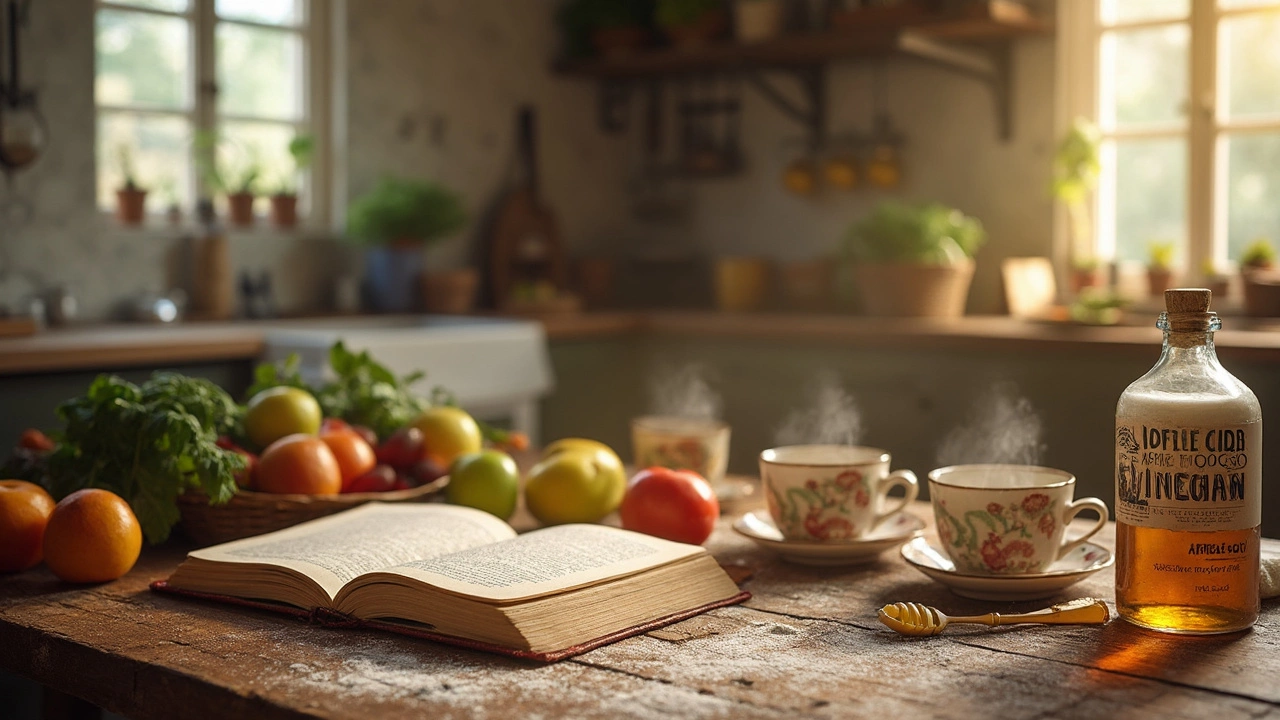Digestion Made Simple: Tips, Hacks, and Science
Everyone talks about tasty meals, but if your gut can’t handle the food, the enjoyment stops fast. Good digestion isn’t a mystery – it’s mostly about the right foods, timing, and a few easy habits. Below you’ll find straight‑forward advice that works whether you’re chewing a quick oatmeal bowl or planning a weekend feast.
Quick Fixes for Common Digestion Issues
Feeling bloated after breakfast? Try swapping heavy dairy for a splash of Greek yogurt and a handful of berries. The protein and probiotics help settle the stomach while still giving you a creamy texture. If you’re battling slow mornings, the Oatmeal Power Bowl we featured does the trick – it’s high in beta‑glucan fiber, which keeps things moving without the heaviness of sugary cereals.
Acid reflux keeping you up? A small glass of water with a pinch of baking soda can neutralize excess acid, but use it sparingly. Better yet, eat protein first, then carbs. That ordering slows gastric emptying and reduces the chance of acid splashing back.
For those who love a nightcap, remember not all booze is created equal. Our guide on Gluten‑Free Alcohol shows which drinks are safe if you’re sensitive to gluten, and it also points out that carbonated drinks can add extra gas. Stick to still wine or clear spirits mixed with water to keep the belly calm.
Science‑Backed Foods That Boost Your Gut
Fiber is the star player in digestion. Both soluble (found in oats, apples, and beans) and insoluble (found in whole‑grain breads and nuts) fibers add bulk and feed good bacteria. A simple way to up your intake is to add a tablespoon of chia seeds to any smoothie – they swell up and create a gentle, soothing gel in your stomach.
Protein also matters. High‑satiety meals, like the ones in our Most Filling Meal article, combine lean protein with fiber to keep you full and your intestines working smoothly. Think grilled chicken breast with a side of roasted veggies and quinoa.
If you’re avoiding gluten, don’t fall into the trap of processed “gluten‑free” snacks that are low in fiber. Instead, reach for naturally gluten‑free staples like sweet potatoes, quinoa, and legumes. Our Gluten‑Free Foods: Top 10 Tasty Picks list gives you tasty options that also support digestion.
Finally, stay hydrated. Water is the unsung hero that helps dissolve nutrients and move waste along. Aim for at least eight glasses a day, and add a squeeze of lemon if you like a little flavor boost.
Putting these tips into practice doesn’t require a kitchen overhaul. Start with one change – maybe swapping soda for water or adding a serving of beans to dinner – and notice how your tummy reacts. Small steps add up, and before you know it, you’ll feel lighter, more energetic, and ready to enjoy the next delicious recipe on Brown Bear’s Feast.
Does Apple Cider Vinegar Help with Gluten Intolerance?
Apple cider vinegar (ACV) has become a popular household item, often praised for its health benefits. Many wonder if it can aid those with gluten intolerance or sensitivity, by easing digestion or reducing symptoms. While ACV won't allow you to consume gluten without issue, it might help with overall gut health. This article dives into how ACV interacts with gluten intolerance, tips for incorporating it into your diet, and gluten-free recipes to try at home.
